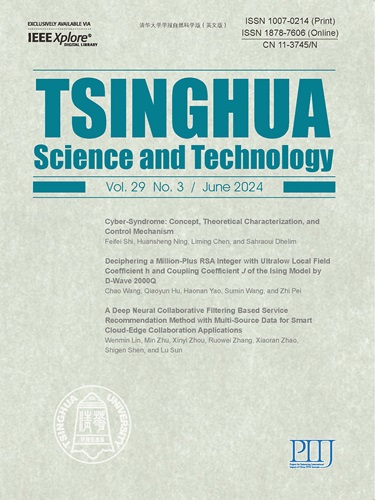目的基于类的动作单元检测和特征聚合微表情识别
IF 3.5
1区 计算机科学
Q1 Multidisciplinary
引用次数: 0
摘要
微表情识别是一项具有挑战性的任务,因为面部的不同动作区域会发生细微的变化。面部动作区域的变化形成动作单元(action Units, au),微表情中的au可以看作是合作群体活动中的行动者。在本文中,我们提出了一种新的基于目标类的深度神经网络模型,该模型同时检测au,并通过图卷积网络(GCN)将au级特征聚合为微表达级表示。具体来说,我们在我们的AU检测模块中提出了两种更有效的AU特征学习策略:注意机制和平衡检测损失函数。使用这两种策略,可以在一个统一的模型中学习所有AU的特征,从而消除了对每个AU进行错误修剪的标记检测过程和繁琐的单独训练。此外,我们的模型结合了一个定制的基于目标类的AU知识图,这有助于GCN将AU级特征聚合成微表达级特征表示。在MEGC 2018的两个任务上进行的大量实验表明,我们的方法优于当前最先进的MER方法。此外,我们还报告了基于单一模型的微表情AU检测结果。本文章由计算机程序翻译,如有差异,请以英文原文为准。
Objective Class-Based Micro-Expression Recognition Through Simultaneous Action Unit Detection and Feature Aggregation
Micro-Expression Recognition (MER) is a challenging task as the subtle changes occur over different action regions of a face. Changes in facial action regions are formed as Action Units (AUs), and AUs in micro-expressions can be seen as the actors in cooperative group activities. In this paper, we propose a novel deep neural network model for objective class-based MER, which simultaneously detects AUs and aggregates AU-level features into micro-expression-level representation through Graph Convolutional Networks (GCN). Specifically, we propose two new strategies in our AU detection module for more effective AU feature learning: the attention mechanism and the balanced detection loss function. With these two strategies, features are learned for all the AUs in a unified model, eliminating the error-prune landmark detection process and tedious separate training for each AU. Moreover, our model incorporates a tailored objective class-based AU knowledge-graph, which facilitates the GCN to aggregate the AU-level features into a micro-expression-level feature representation. Extensive experiments on two tasks in MEGC 2018 show that our approach outperforms the current state-of-the-art methods in MER. Additionally, we also report our single model-based micro-expression AU detection results.
求助全文
通过发布文献求助,成功后即可免费获取论文全文。
去求助
来源期刊

Tsinghua Science and Technology
COMPUTER SCIENCE, INFORMATION SYSTEMSCOMPU-COMPUTER SCIENCE, SOFTWARE ENGINEERING
CiteScore
10.20
自引率
10.60%
发文量
2340
期刊介绍:
Tsinghua Science and Technology (Tsinghua Sci Technol) started publication in 1996. It is an international academic journal sponsored by Tsinghua University and is published bimonthly. This journal aims at presenting the up-to-date scientific achievements in computer science, electronic engineering, and other IT fields. Contributions all over the world are welcome.
 求助内容:
求助内容: 应助结果提醒方式:
应助结果提醒方式:


